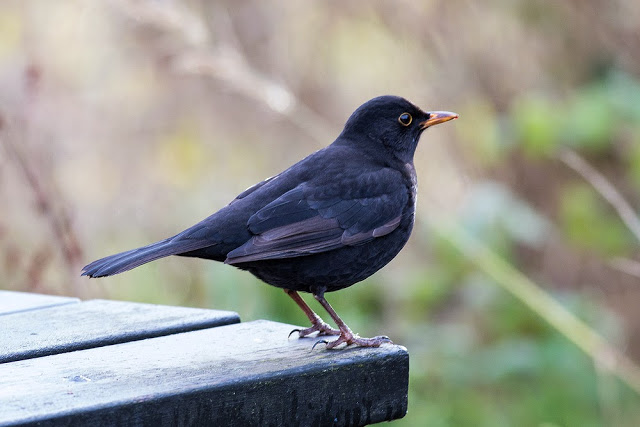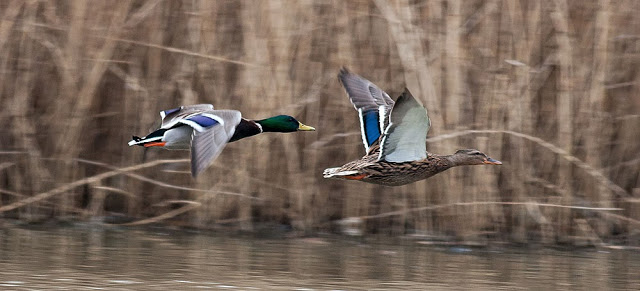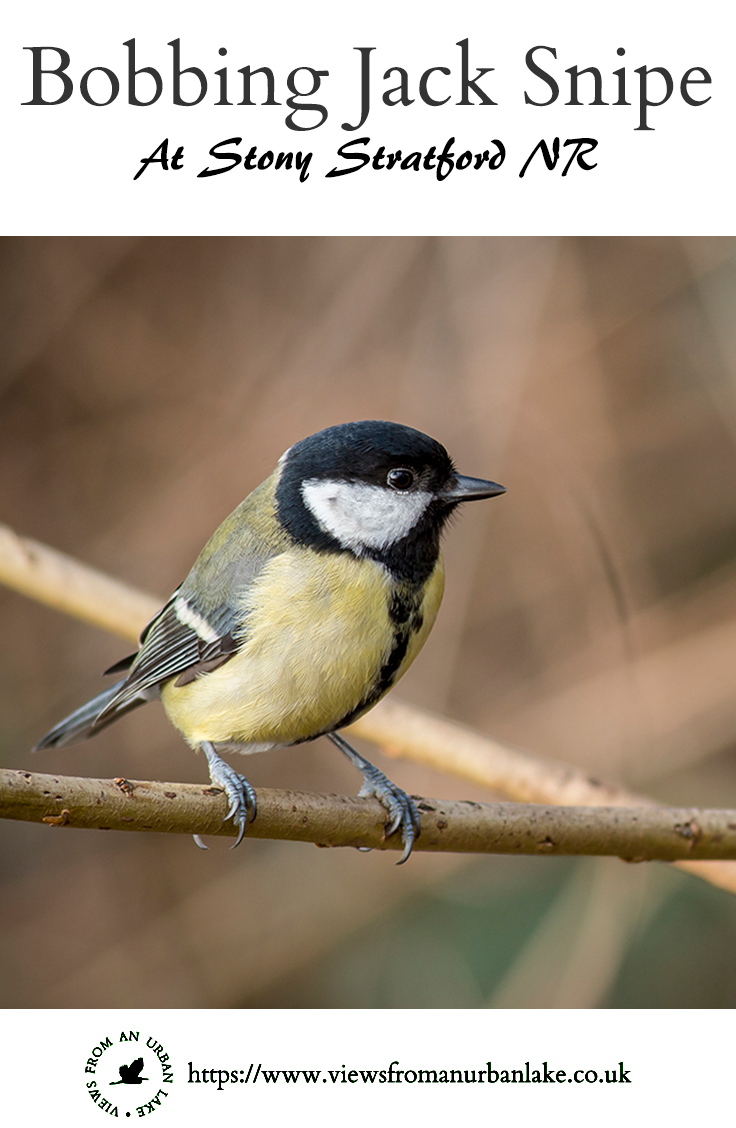More Wader Movement

Yesterday while I slept between night shifts the sun beamed down, I could feel the room being heated through the Velux window above my bed, and when I woke mid afternoon I knew I had missed out on another lovely day, the sort of day you can just imagine migrants passing through. It was a similar story Tuesday as I toiled away at my day shift, the weather outside was beautiful. The sky was a beautiful shade of blue and the air contained just enough warmth to make you feel like summer is just around the corner.
Of course, as readers of Wednesday’s post – Wader Movement Begins – will know the weather had changed by the time I was off work, the same happened today, yesterday’s lovely weather had been replaced by more biting chill in the wind, light drizzle and a feeling we were thrown back into January!
More Wader Movement
The patch birding started early today. As I crossed the main road from my house, and just as I was approaching the Church Yard, I was alerted to the call of a tit. Similar to the “Teacher” of a Great Tit (of which there were a couple), but not quite. Getting my bins out of my bag, the two calling tits flew off, disappearing across the path and into the thick stand of trees. Eventually I managed to get an angle and there, calling away again. were a pair of Coal Tit. By far the least common of the commoner tits on the patch.
With the hides having been closed on my last visit, I decided to follow the northern path along the river Ouse. This route also meant avoiding the workmen cutting trees by the western hide. And it wasn’t long till I was seeing birds.
Redpolls
Now up until this year I have seen very few Redpoll locally, and only ever ones and twos flying over. This year I have seen way more. Today I was privy to 11 Redpoll! All in one close tree, a fantastic sight to see.
While I walked, the light rain, fell steadily, misting my binoculars, but not dampening my spirits, over the farm pits I could hear the computer game sounds of the odd displaying Lapwings and the quiet piping of a lone Redshank, a party of three Common Snipe suddenly burst from the weeds and flew round in circles grunting, before dropping back, their cryptic colours camouflaging them the second they landed. Above them a Green Sandpiper flew from the eastern pools across the expanse of water, disappearing near the working contractors at the west edge.
All sure signs of More Wader Movement.
Millennium
As I neared the millennium bridge, with more Common Snipe displaying over the lakes, I could make out the distinct, slender shapes, of a pair of Goosander as they swam the Ouse. I decided to try my luck by standing on the bridge itself. And it appeared to work. The male stayed quite close, for a while, as I took a couple of photographs, the female moving off further up stream. Until a couple rounded the corner, when both birds flew off under the bridge on which I stood. Offering me a unique perspective of these striking birds in full flight.
 |
| Male Goosander swimming the River Ouse |
While Stood on the bridge still, I took a scan out over the eastern lake. To my surprise I spotted three small waders circle round one of the small muddy islets. Grabbing my scope out of my bag I took a closer look and found three winter plumage Dunlin, running around the bright red legs of 4 Redshank that had settled onto the islands as well. These drab coloured wading birds represent the 80th species I’ve recorded on the patch this year.
Southern Pass
Wandering the grassy slopes of the southern hill, I could hear much activity from the birds beyond the hedge. More, or likely the same, Redshank could be heard chasing each other around the waters edge. And the Oystercatcher pair could be seen sat on one of the stony islands.
I decided to try out the hide, and was pleased to find the door unlocked, settling in I think I may have found my new home! I WILL be spending more time here for sure.
Views From the Hides
Perched with camera, bins and scope in hand I began checking through the limited number of birds presented in front of me. A few Teal could be seen huddled close to the banks edge; some Shoveler slept calmly in the bitter winds; 6 Redshank could be seen chasing each other; while more Snipe stabbed their long bills deep into the thick mud; the 3 Dunlin put in a brief appearance, before one of the feisty Lapwing chased them off. In the distance a lone Pochard, the last of the winter stock, could be seen swimming the cold waters; and a wheeling flock of Wigeon circled above the hide.
 |
| Tufted Duck, seen from the hide |
 |
| Sleeping Shoveler |
 |
| Flyby Redshank – More Wader Movement |
 |
| Male Mallard |
 |
| Male Mallard, face on |
 |
| Female Mallard |
My stomach finally got the better of me and I left the hide in peace, wandering off towards the canal. As I approached the new path across, what will one day be a wild flower meadow. In the surrounding hedge I could hear a “wheeting” call. Searching for a chaffinch I was delighted to find my first warbler of the year, as a brown Chiffchaff picked its way through the blackthorn.
Satisfied with my bird haul I headed home for lunch, pleased with the waders and warbler.
Did you enjoy More Wader Movement? Or find it useful? The please consider sharing with your friends and family via the links below.





